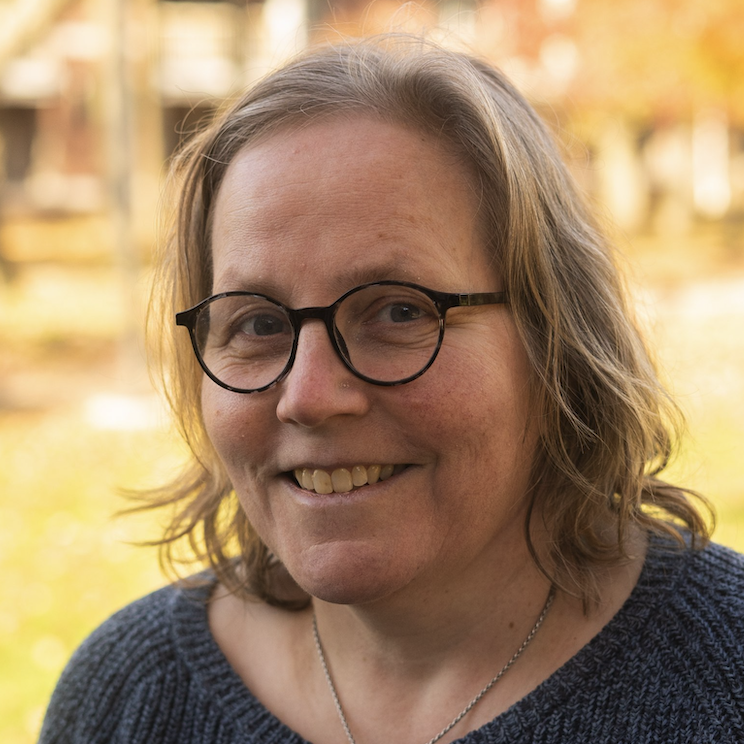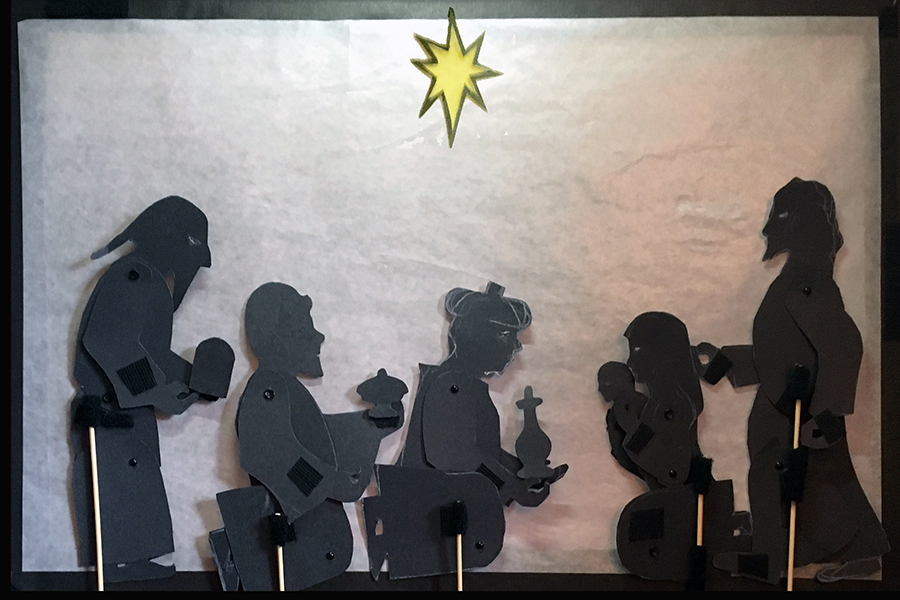
On January 6, 2019, the day that Epiphany is celebrated in Western churches, I wrote a blog post telling the nativity story with shadow puppets. Although I originally planned to make the patterns available through my Printable Library, I decided to use them for a story-and-craft book instead. Two years later the book was still in the works, but Google and Pinterest searches led people, who were looking for a way to celebrate Christmas during the pandemic, to the site. I ended up sharing the patterns with churches, schools, and families in twelve different countries. Nine of them used the puppets for online children’s services or shared their videos in a closed Facebook group. Below a compilation of these videos, narrating the Nativity story in different languages.
Although I have shared shadow puppet patterns and instructions as a labor of love for more than fifteen years, I rarely get to see the results. So seeing the creative ways my puppets are used has been wonderful. Mark Bruce in Scotland, who approached me first about an advent video for elementary schools, did not only write the rhymed script. He did everything else himself too, using wire to move the heads of the shepherds and wise men simultaneously. Tore Skytén from the Church of Sweden also wrote his script in rhyme and taped the voices of colleagues and friends as voice actors for people and animals. He even used translators impersonating the three magi, who expressed their amazement about the star in Arabic, Latin, and classical Chinese.
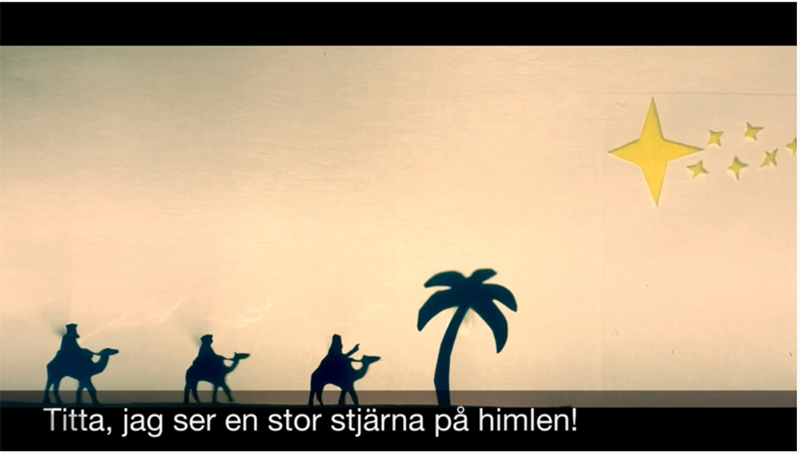
Two churches told the nativity story from the perspective of animals. In Mannheim, Germany a woman in front of the shadow screen interviewed the donkey, a newly created cow and sheep, and a camel about what they had seen. In Middelharnis, the Netherlands, the Christmas story was about the donkey in whose stable Jesus was born. The fourth graders in a school in Wyoming, Canada multiplied the pattern for angel Gabriel to sing for the shepherds. They flapped their wings upside down, making me realize that my original pattern created confusing humpbacks. In Prato, Italy the teacher realized she did not have enough time for shadow puppetry. So she used the puppets for a stop-motion film instead, turning it into a language art project, using all nine languages that were spoken by her second graders.
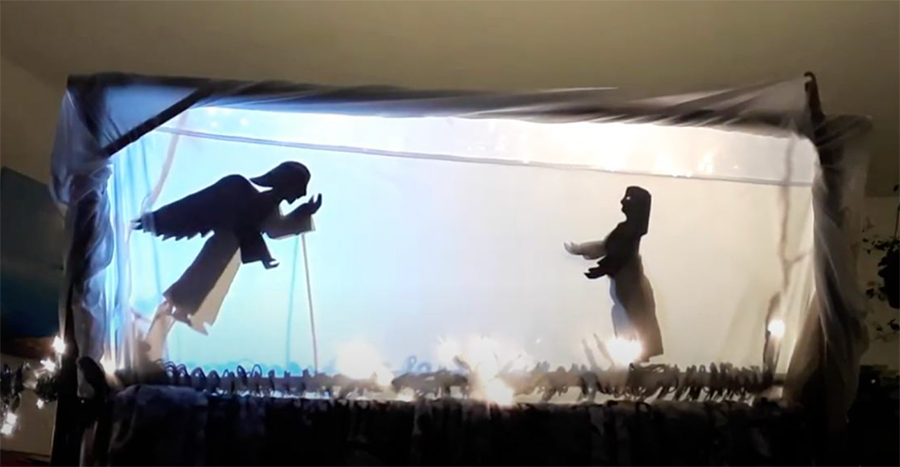
The ingenuity of families using stuff around the house particularly amazed me. In Minnesota the Popov family put up a shadow show in Russian in two days using a laundry rack and mattress protector. The oldest son, put in charge of the lights, used blue light behind angel Gabriel, showing his heavenly origins. In the Republic of Mauritius the Gorayah family nailed a sheet of tracing paper to a big box and used a piece of foam they found in the garage (similar to flower foam) to park the puppets on their sticks. They used a French narration of the story they found on YouTube.
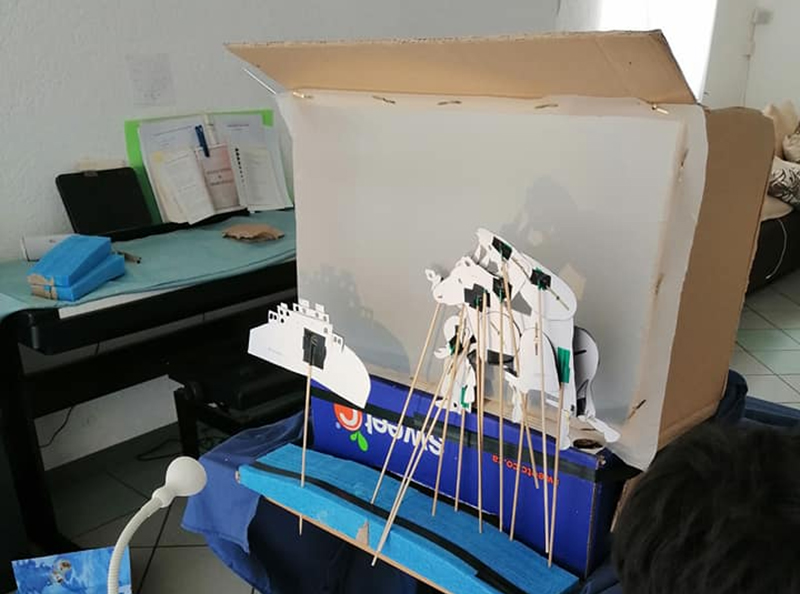
After Christmas two more women joined our group, just in time for Epiphany. The first was a minister who used the puppets for a children’s service, making creative use of the puppet of Herod, which I had added to the puppets only twee weeks earlier at the request of Tore, the Swedish minister. The second was a mother and Kindergarten teacher in Slovenia, where Epiphany is an important tradition. She designed her own puppets using colored transparent paper, used for stars in her window.
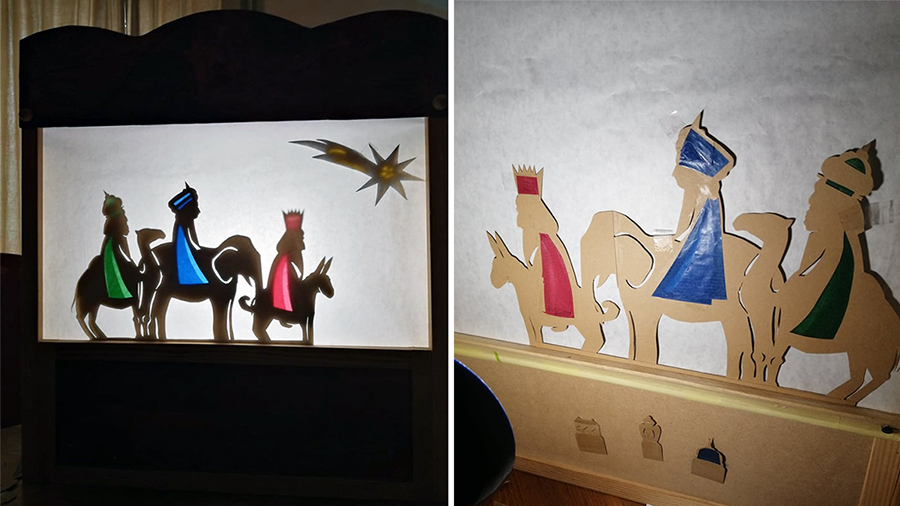
I am hoping to stay in touch with this multi-lingual group of teachers, clergy, and parents, while I am finishing my story-and-craft book. Christmas 2020 arrived at a time when the pandemic caused distress and sorrow around the world. But in this small project it has connected people in different countries who needed to find a way to celebrate Christmas and Epiphany in quarantine.

